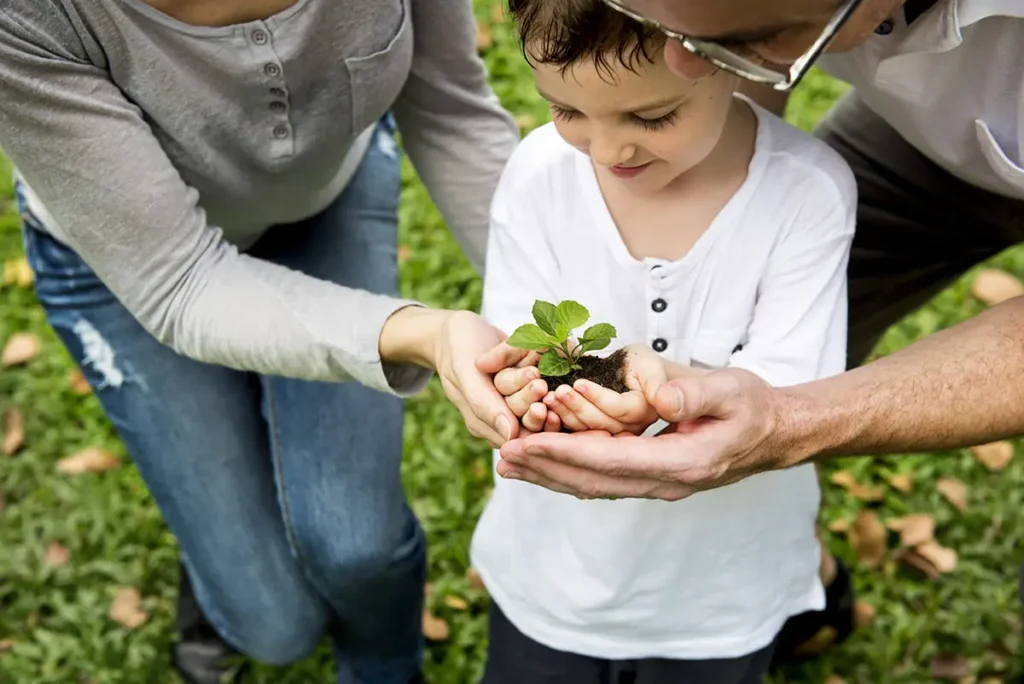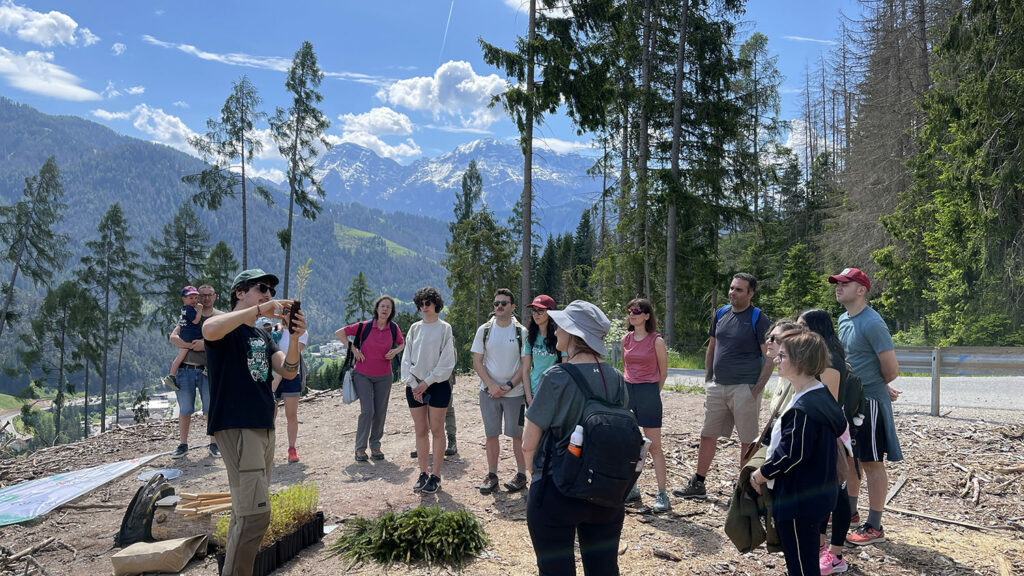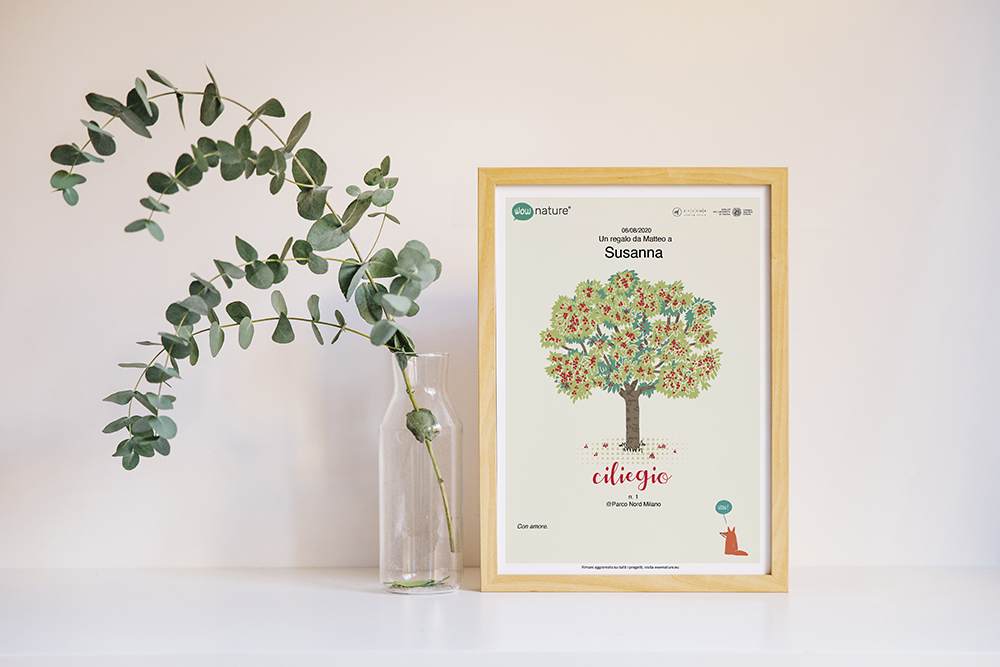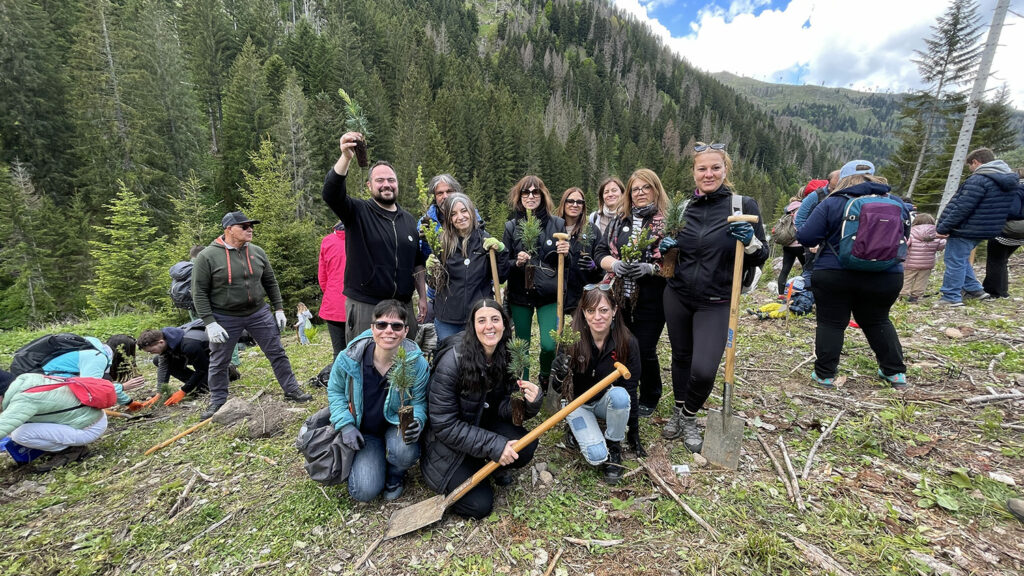Sustainable gifts: sustainable gift ideas that respect the environment
Are you looking for sustainable gift ideas? In this article, we explain how to choose eco-friendly gifts that are ideal for all occasions: Christmas, birthdays, new births, graduations or even sustainable wedding favours.
Giving a green gift allows you to have a positive impact on the environment and communities and help build a better future. It is also a choice that responds to people’s growing awareness of climate change. That’s why a truly green gift is sure to be appreciated by the recipient.

What does choosing a sustainable gift mean?
There are several approaches to draw inspiration from when looking for eco-friendly gift ideas. One of the most popular is the “Zero Waste” approach, which aims to reduce waste and rubbish production as much as possible.
Zero Waste gifts can be loose items without packaging, objects that are given a second life through reuse or recycling processes that transform them into something completely new.
Another popular approach is to avoid gifts that involve the purchase of objects altogether, replacing them with “experiential gifts”, such as dinners, trips, courses, subscriptions or tickets to shows, or activities in nature, etc. This is an excellent idea, but it is worth considering that experiences can vary greatly in terms of the emissions they generate and their negative environmental impact.
Today, people are increasingly inclined to choose goods and services that are responsible towards the environment and people. They are defined as “green consumers” and represent a growing trend. They choose “green” products and services in the broadest sense of the term: these can be biodegradable, fair trade and traceable products, which are manufactured using production processes with low environmental impact or by responsible companies that are committed to reducing their negative impact as much as possible, taking care of both the environment and people.
Why choose sustainable gifts?
Sustainable gifts have a double value: they are good for the recipient and for the planet.
According to the IPCC, planting new trees contributes significantly to the absorption of CO₂, one of the main gases responsible for climate change. In addition, forests promote biodiversity: they are home to over 80% of terrestrial species of animals, plants and fungi.
Choosing eco-friendly gifts therefore means:
- reducing emissions and pollution: giving a tree with WOWnature and an experience in nature not only avoids the production of new goods, objects and waste and consequently emissions, but on the contrary is a way to work together towards a better future protecting natural habitats: planting new trees and supporting reforestation projects allows us to recreate fundamental and complex environments that perform important ecological functions. Consider, for example, the importance that trees can have for small birds, mammals, insects, fungi, etc. Rich biodiversity is the basis for survival on Earth.
- Creating a positive bond between the giver and the recipient and conveying a message of responsibility and care for the environment: donating a tree with WOWnature carries an important message and is an experience that is shared together, in nature, creating a precious and enjoyable memory. And it is a gift that will last over time and continue to grow in the years to come, becoming part of a much larger organism: a new forest.

The sustainable gift from WOWnature
Since Storm Vaia in October 2018, we have reacted with all our strength to create WOWnature and immediately activate forest restoration projects in those places damaged by the wind. People and companies have come together around the idea of starting again together by activating their closest networks. The WOWnature gift was born from the idea of getting involved and giving back to local areas, people, communities and future generations.
In recent years, we have extended our reach to more regions of Italy and other countries, responding to environmental and climate emergencies with reforestation projects, creating new forests from scratch and managing existing ones in the best possible way, supporting the communities that live in symbiosis with those woods.
Adopt or gift a tree
With WOWnature, you can gift a tree and contribute to growing new forests in Italy and around the world. It is a special gift: it is good for the environment, grows over time, offers an experience to share, and is easy to do. A gift for him, for her, and for anyone, regardless of age, and suitable for any occasion.
Giving your gift is simple:
- choose the area you want to support from urban forests, mountain areas or natural parks to be restored. We are working in Veneto, Trentino-Alto Adige, Lombardy, Emilia-Romagna, Tuscany and Sicily, but also abroad in Burkina Faso, Spain, Brazil and Vietnam. There are many areas to choose from, so all you have to do is choose the project that you are most passionate about for its positive impact on the environment or its social value.
- Choose the tree species you prefer. We carefully select tree and shrub species that are suitable for the context and type of forestry project we are implementing. In the section dedicated to species, you can see them all and discover their properties. The choice is yours!
- Schedule the sending of a personalised digital certificate by email with the name of the person to whom you are dedicating the tree, together with a personalised message. You can choose the date of dispatch and enter the date of the special day to be celebrated.
- You have the opportunity to participate in planting events and visit the place where the tree grows, together with the person you gave the gift to. In the forests where we are working in Italy, we organise days in nature (in spring and autumn) to experience first-hand your contribution to reforestation and environmental protection projects. About a month before the event, you and the person you invited to receive your gift will receive an email invitation to register for the event and confirm your participation.

What are the perfect occasions for giving a sustainable gift?
A sustainable gift is perfect for all occasions, precisely because of the message it conveys. Giving a tree with WOWnature is quick and easy, you can do it from home with your PC or smartphone, but it is also a concrete gesture with strong symbolic value that many people have chosen for different occasions:
- Christmas, to give new meaning to the holidays;
birthdays, to surprise someone with an original and personalised gift; - anniversaries and special occasions, to celebrate a bond with a gesture that lasts over time;
- new births, to grow a new tree as a symbol of new life;
- graduations, to mark an important transition with a new tree that finds its place in the world.
- weddings, to give a tree as a sustainable wedding favour to celebrate again with guests during the planting event in the forest.
But there’s no need to wait for a special occasion: every day is the right day to choose a sustainable gift and contribute to the protection of nature.
Choose a gift that makes a difference
Every choice counts. Choosing a sustainable gift means thinking about the impact we leave behind and deciding to do something positive for the future.
With WOWnature, you can do just that and become part of real change. Make a difference: give gifts that respect the environment and grow over time, just like trees.



